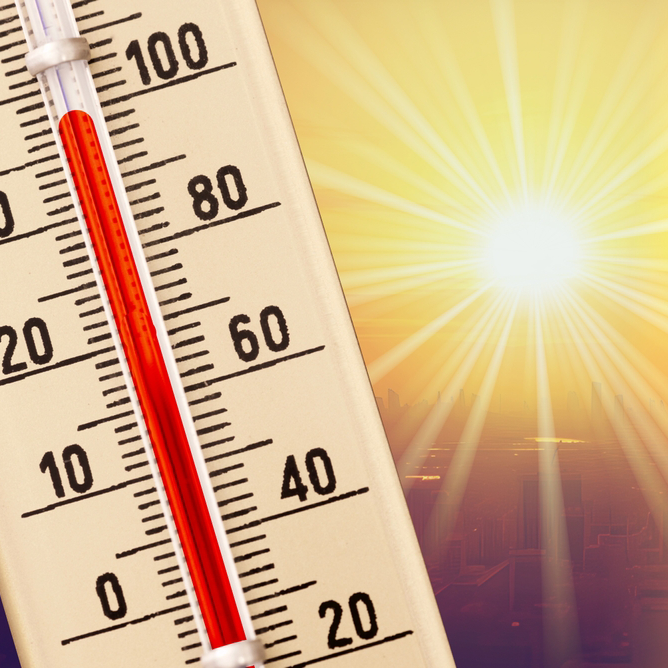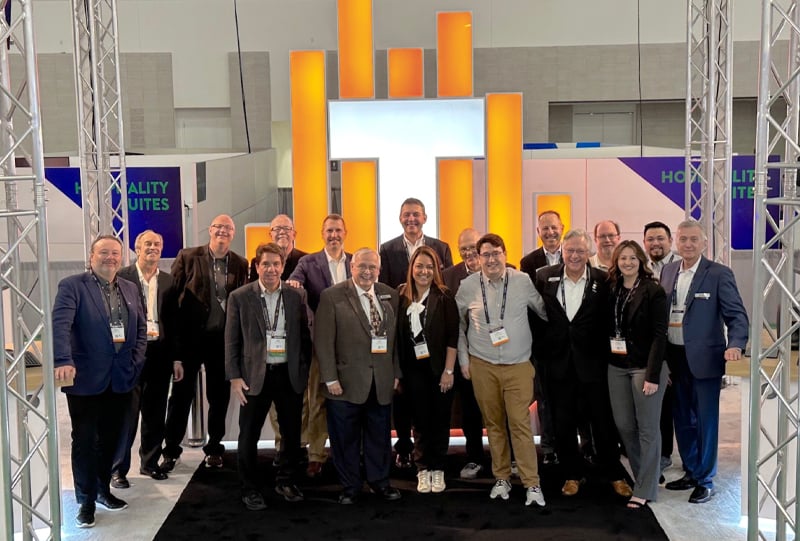Jim Kuzman
Recent Posts
Don't put them off, or they might put you off the air
Every broadcast engineer tasked with the care and feeding of a transmitter site likely has a checklist of tasks to perform on a regular basis. The frequency of regular visits will depend on a variety of factors, including accessibility, proximity, time, and whatever else the universe sees fit to hurl at us on any given day.
Read MoreTopics: Broadcast Engineering, 2024, infrastructure, Maintenance
Looking Back on the Most Important NAB Show Ever
The 2023 NAB Show was different from any other in our industry’s history. When we all left the Las Vegas Convention Center in 2019, no one could have imagined it would be three years before we’d return. Things were starting to get back on track by 2022, but one of the most common sentiments about this year’s show was that it finally felt, for lack of a better word, “normal” again.
Topics: Broadcast Engineering, Trade Shows, NAB2023
Recent Posts
Subscribe
If you love broadcast audio, you'll love Telos Alliance's newsletter. Get it delivered to your inbox by subscribing below!

